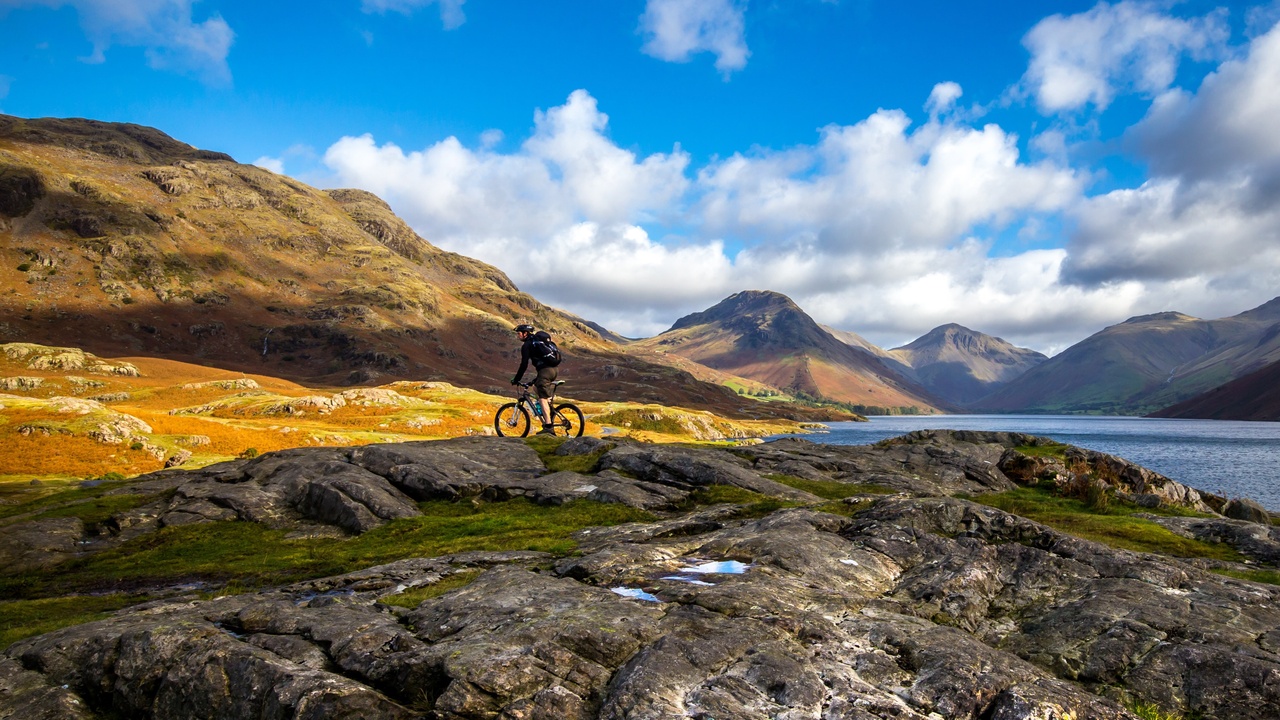The Value of the Long View of Life
Oct 27, 2025
At the end of every season my son's basketball coach used to deliver a simple message: "Do not let high school basketball be the best thing or worst thing that has ever happened to you in your life. If it is, then we've failed as coaches."
In other words—enjoy every minute of it but make sure your significance, security, and success in life is bigger than those 1-3 years running up and down a court trying to get a round ball in a netted hoop.
A long view of life is essential for a flourishing life. Here are four reasons:
- With the long view, we respond well to failure: When we understand that life doesn’t end when something bad happens, we realize we can make it through the shadows—we can flourish. Winston Churchill said, “Success is not final, failure is not fatal: it is the courage to continue that counts.” If a man like Churchill, who faced greater challenges than most of us will ever encounter, can live with such a perspective, then we too should be inspired to see past everyday troubles and realize that we flourish when we overcome.
- With the long view, we respond well to success: As this article points out from a business perspective, success can become more dangerous than failure because we cease to grow. The long view says, past success doesn’t release me from the need to grow. More importantly, a long view of success allows us to drink in success with humility, realizing that our temporal gains, though sweet and worthy of celebration, are merely a drop in the bucket of life.
- The long view helps us relax: A long view of life isn’t just about persevering through struggles; it also helps us relax. When everything isn’t tied up in the present and in immediate reactions, we become more accepting. Small slights and inconveniences carry less weight, and forgiveness comes more easily. This is critical for the flourishing life. Otherwise, I end up a bitter old man.
- The long view pushes us to think about our legacy: During prep for a talk, I was re-reading about William Wilberforce, Martin Luther, and St. Ignatius Loyola, among others. All of these leaders were sterling examples of heroic leadership and undoubtedly had a long view of life and impact. How will your impact remain after you are gone? As Carl Sandburg said of Abraham Lincoln, “A tree is best measured when it’s down.”
One quick disclaimer: Taking the long view doesn’t mean the immediate doesn’t matter. During a global pandemic, for example, it was wrong and heartless to say, “Ahhh, this will all blow over. Take the long view.” Personal failures, systemic injustices and major tragedies are all real and painful and stop you in your tracks and demand a response. But taking the long view in these moments does allow you to say the story is not over (and that you’re not the author).
In the book of Hebrews, the writer tells us about Abraham’s great faith. “By faith Abraham, when called to go to a place he would later receive as his inheritance, obeyed and went, even though he did not know where he was going. By faith he made his home in the Promised Land like a stranger in a foreign country; he lived in tents, as did Isaac and Jacob, who were heirs with him of the same promise. For he was looking forward to the city with foundations, whose architect and builder is God” (11:8-10). Now there is a guy with a long-term view of meaning, value, and significance.
Abraham was able to live a transient kind of life for many years because he trusted God with his future, and because he believed in an ultimate vision and goal for his life—eternal life with the Creator God. This foundation incited his forward-looking perspective and emboldened his faith. It’s amazing what we can accomplish, what we’re willing to wade through, and how far we’re willing to travel when our hearts are firmly secured in the hand of God.
Conclusion
I have several friends that ride mountain bikes. One of them explained to me the importance of “looking through the turn” when riding. What he meant is that when you’re approaching a tight turn you should keep one eye on the ground in front of you, so that you don’t veer off path, but also look through the turn and down the path. This allows a rider to prepare for what lies ahead and see what is coming up. It doesn’t mean they’re not “in it” at that moment. It doesn’t mean they’re not enjoying the winding trail. It means that by keeping their vision down the path, they are actually able to better enjoy the part of the path they’re on.
Want to receive Steve's articles in your inbox?
Subscribe here.
We will never sell your information, for any reason.

